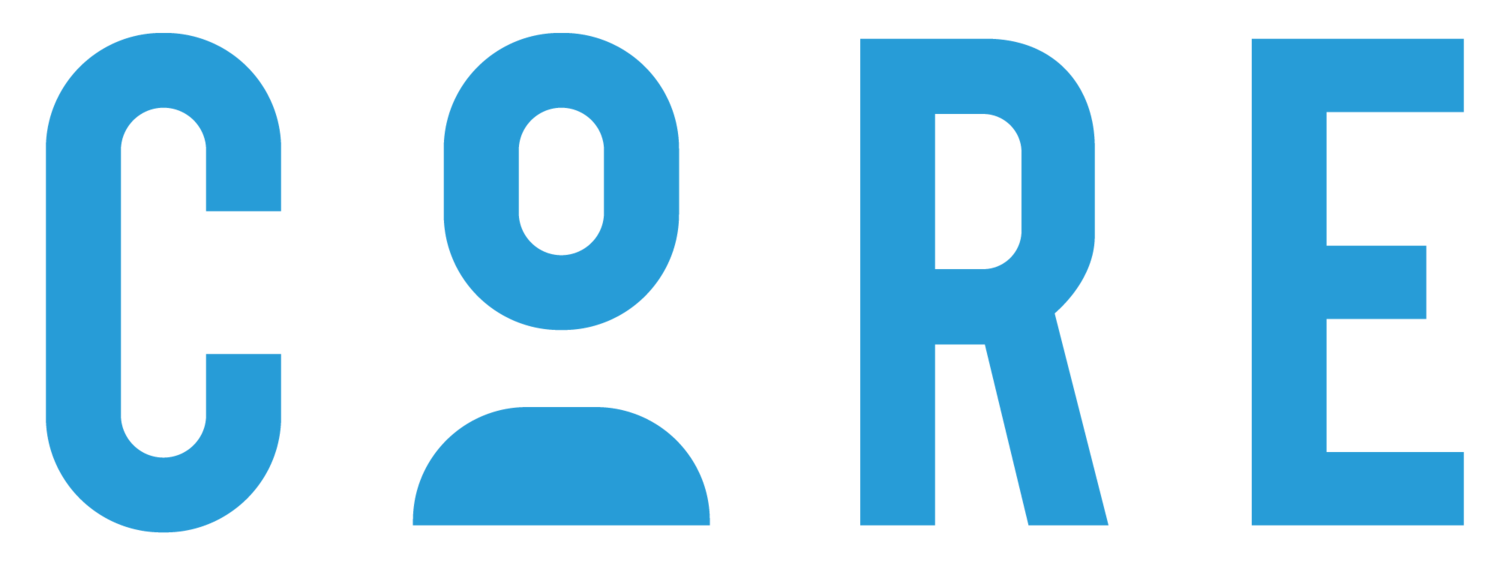Geneva Trading Backup Site
Topic 3 - Your Brain’s Levels of Focus
Next, we’re going to build one more useful layer of understanding to how the brain works.
Remember that your systems are Safety, Reward, and Purpose. Now, we’re going to talk about how the brain can shift levels of focus and how focus impacts how your Safety, Reward, and Purpose systems feel and work. Your brain has different levels of intensity, and the level you’re in has a dramatic effect on output.
Learning Objectives
Understand the 3 distinct levels of focus people can achieve
Understand what each level is good for and when you should shift into them
Learn how to assess your team’s current state and compare it to the ideal state
Audit your calendar and your team’s calendar to use minds best
what this will help you do
Create a shared vocabulary for how you and your team can be in the best headspace for the work at hand
Identify when the team is in the wrong state and intervene to get things on a better path
Identify waste and gaps in how the team is using their time
Create operating rhythms and cadences that get even more out of your team’s minds
Each Focus Level in Detail
Let’s learn about each focus level in detail, diving into what they are good for and when they’re not the ideal mode for the type of work we need to do. These modes are extremely distinct, so it’s important to see them as completely separate modes to put the brain into.
This is key to understand because your brain can’t do one type of work when it’s in the state to do another type of work. We’ll use this to get really convicted about how we approach work, and also help others understand that the output of one state really can’t come from another state of mind.
Key Take-Aways:
Alpha can be a productive form of daydreaming. It’s how we quiet the mind so thoughts can come to us.
Beta is about being productive and busy. It’s how we get things done efficiently.
Gamma is about deep thinking. It’s how we see things we would miss in beta and how we solve problems that are too complex or nuanced for beta to make the most of.
Each has downsides and upsides, so we should choose our focus mode wisely.
How The Brain systems and Focus work together
Your output is a function of how your active brain system and focus work in harmony. If you want a certain type of output out of yourself or others, this will really help you understand exactly the state a mind must be in to produce that output.
Key Take-Aways and Points to Ponder:
Now that you have this 3x3 grid, do you see examples of where you or your team are in the wrong box for the type of work you’re trying to do?
If you were to highlight the 2 or 3 boxes you and the team spend the most time in, which would those be?
If you were to highlight the ideal 2 or 3 boxes for you and your team to spend the most time in, would those be different?
If your team spent more time in the ideal state, what would you expect the real world results of that to look like?
Where it gets real: The Calendar
The place where this all gets real is how we use our time. Our calendar is a persistent reminder of how we have been (and will be) using our brain and other people’s brains.
Key Take-Aways:
Looking at your calendar, what percent of your time do you spend in each mode?
What is the ideal split for you and your team?
Are you feeling any of the effects of too little alpha or gamma?
What would you use more gamma to solve?
How the brain might resist
Our brains might fight back, resisting changes to how we spend our time and plan our weeks. Here’s how it might act and what we can do about it.
Next Steps & Discussion Points
What levels of focus are most natural to you and your culture?
How could you use the 3x3 grid to put you and your team into the best mode?
What percent of your time is in beta today? Are you short on alpha or gamma?
What would you use gamma time for?
We look forward to seeing you!

